The combination of heritage space and creative arts not only recalls the glory of the silk weaving profession in ancient Thang Long but also opens a new direction in the development strategy of the capital's cultural industry.

The "touch point" between tradition and modernity
Located between Tam Thuong Alley and Yen Thai Street (Hang Gai Ward, Hoan Kiem District, Hanoi), Yen Thai Communal House is known as the place to worship the Queen Mother - Royal Concubine Y Lan, who not only served as regent twice, helping the king defeat the enemy, but was also revered by the people as the tutelary god of the ancient Yen Thai village. Royal Concubine Y Lan once lived in this village and taught the palace maids and villagers the famous silk weaving craft of the ancient Thang Long citadel.
Recently, the Party Committee - People's Committee - Fatherland Front Committee of Hang Gai ward organized a festival to celebrate the 981st birthday of the Queen Mother - Royal Concubine Y Lan and the 30th anniversary of Yen Thai communal house being recognized as a national historical and cultural relic.
In particular, within the framework of the festival, the exhibition “Sac lua” took place at Yen Thai communal house with the participation of 8 artists displaying nearly 20 silk paintings and unique light installations. This is also an activity within the project “Stories of communal houses in the city” implemented by curator Nguyen The Son and young artists in collaboration with Hoan Kiem district from 2024 to present.
Under the hands of contemporary artists, Yen Thai communal house has become a new artistic destination of the capital. The ancient space, mossy tiled roof, and ironwood pillars once again echo old stories through the language of visual art. Viewers cannot help but be amazed by a poetic space created by soft silks, hand-embroidered paintings, and light installations. The exhibition "Silk Colors" is not only an exhibition, but also a journey of discovery, extending the creative flow with a traditional cultural foundation.
“Dialogue” between artists and tradition
As one of the young artists involved in the project “Dinh trong pho”, female artist Tran Thi Hoi brings to the exhibition “Sac lua” two groups of works including a series of silk paintings and an installation work called “Duyen”. The silk paintings depicting the life of Nguyen Phi Y Lan were painted by the female artist using traditional techniques on silk, then mounted on handmade Do paper with sticky rice paste and rice flour.
Different from the familiar Vietnamese silk painting style, Hoi chose a visual style inspired by Japanese Ukiyo-e prints: flat, clear color blocks, sharp lines, no shading or block-making techniques, but emphasizing geometric structures and expressive lines. It is this combination that gives her silk paintings a classic look, close to the Indochinese aesthetics of the early 20th century, but still retains a breath of modern visual style.
The installation “Duyen” is placed solemnly in the main hall of Yen Thai communal house, using hand-woven silk from Bao Loc (Lam Dong), dyed with traditional techniques by herself. The soft silk strips both honor feminine beauty and connect with the Mother Goddess worship. Underneath the paintings is a layer of “silk feet” - symbolizing the silk road from the cocoon to the finished fabric, mixed with five colors representing the five elements, expressing a creative thinking that is both sensual and closely linked to Eastern cultural philosophy.
Artist Vu Xuan Dong - who has many years of experience in installation art and contemporary art, also brought to this exhibition two groups of works, of which the most impressive is the installation "Ancient Well that Raised the King".
Legend has it that Princess Y Lan used water from this well to raise Prince Can Duc, who later became King Ly Nhan Tong (1066 - 1128). The artist recreated the image of Princess Y Lan holding the prince in her arms, surrounded by cloud motifs from the Ly Dynasty - one of the classical art symbols of Vietnam, to evoke emotions about maternal love and the beauty of Vietnamese women. What makes the work special is not only the content but also the iron material - a modern and somewhat rough material, but treated with a special paint invented by the artist himself, creating a surface like pottery or soil, helping to "soften" the work in the sacred space of the ancient communal house.
The second group of works by artist Vu Xuan Dong is a set of silk lamps called “Thousand Years of Silk”. With the technique of combining silk, Do paper and light, the work evokes the traditional weaving craft and the soft flows of “silk lines”. Artist Vu Xuan Dong said: “Each work is an experiment. And I am continuing to develop this set of lamps into a series of many lamps. Each lamp carries its own story associated with the theme of silk - the traditional craft of Hanoians”.
The works at the exhibition “Silk Colors” all show a spirit of serious dialogue between contemporary art and traditional heritage, not only the “placement” of form but also the integration of spirit, material and depth of thought.
Extending the "art map" in the heart of the old town
Sharing about the exhibition, Curator Nguyen The Son said: “We not only tell a story about silk weaving, but also focus on on-site creation, where artists freely open up their language of expression through traditional materials. The transformation in creativity, in expression, and in silk painting techniques have created a multi-colored picture of contemporary Vietnamese art.”
According to Curator The Son, choosing Yen Thai communal house - a space associated with the traditional silk weaving profession - as the venue for the exhibition not only has symbolic meaning but also creates opportunities for contemporary art to deeply interact with heritage.
“We hope to turn this place into a fulcrum for developing a long-term series of artistic activities, both preserving traditional materials and promoting contemporary creations. The exhibition does not stop at art, but also carries educational, historical, and aesthetic values, especially for young artists and students,” emphasized artist The Son.
For Chairman of Hang Gai Ward People's Committee Nguyen Manh Linh, the project "Communal Communal House Stories in the City" is not simply an art exhibition, but a long-term cultural strategy to restore the role of the community and revive the heritage value of ancient communal houses in the heart of the capital.
“In the past, the communal house was a spiritual space, where people only came to worship or discuss village affairs. Over time, that community role gradually faded away. The communal houses were obscured by high-rise buildings, causing their cultural, historical and artistic values to be almost forgotten,” Mr. Linh shared. Therefore, bringing art into the communal house space is a way to “awaken” the memory of heritage with the new, creative vitality of contemporary art.
Hang Gai Ward is also aiming for an artist-in-residence model to encourage young artists to bring art to heritage spaces and spread the love of traditional art to the community. “We are developing a plan to call for sponsorship, coordinate with travel companies and tourism units to form tours associated with “Story of Communal Houses in the City”, thereby both spreading cultural values and creating funding sources for development” - Mr. Linh shared.
Artists and Hoan Kiem district also cherish many follow-up projects: From opening artist studios at ancient communal houses such as Ha Vi communal house, Co Vu communal house, to interactive art exchanges and performances with the community.
The exhibition “The Color of Silk” not only “rekindles” the ancient craft, but also contributes to shaping a model of sustainable cultural development, where each relic and each traditional material can be a catalyst for innovation and creativity. In that vein, Hanoi is gradually drawing a new face - a creative, humane and unique urban area.
Source: https://hanoimoi.vn/tu-thiet-che-cong-dong-den-khong-gian-sang-tao-698712.html


![[Photo] Prime Minister Pham Minh Chinh chairs conference to review the implementation of Resolution No. 18-NQ/TW](https://vstatic.vietnam.vn/vietnam/resource/IMAGE/2025/4/14/dcdb99e706e9448fb3fe81fec9cde410)
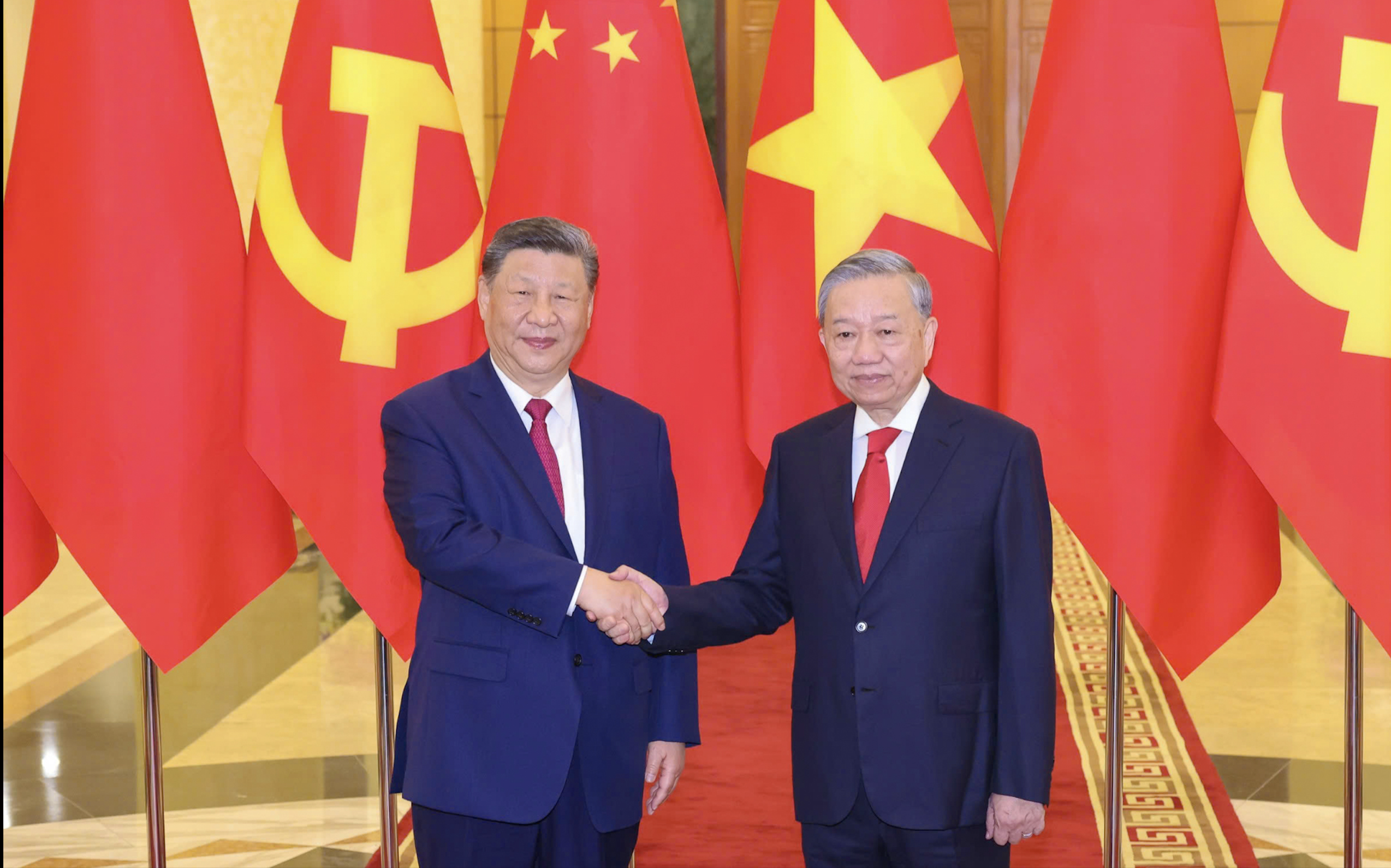
![[Photo] General Secretary To Lam holds talks with General Secretary and President of China Xi Jinping](https://vstatic.vietnam.vn/vietnam/resource/IMAGE/2025/4/14/b3d07714dc6b4831833b48e0385d75c1)
![[Photo] National Assembly Chairman Tran Thanh Man meets with General Secretary and President of China Xi Jinping](https://vstatic.vietnam.vn/vietnam/resource/IMAGE/2025/4/14/4e8fab54da744230b54598eff0070485)
![[Photo] Ceremony to welcome General Secretary and President of China Xi Jinping on State visit to Vietnam](https://vstatic.vietnam.vn/vietnam/resource/IMAGE/2025/4/14/5318f8c5aa8540d28a5a65b0a1f70959)
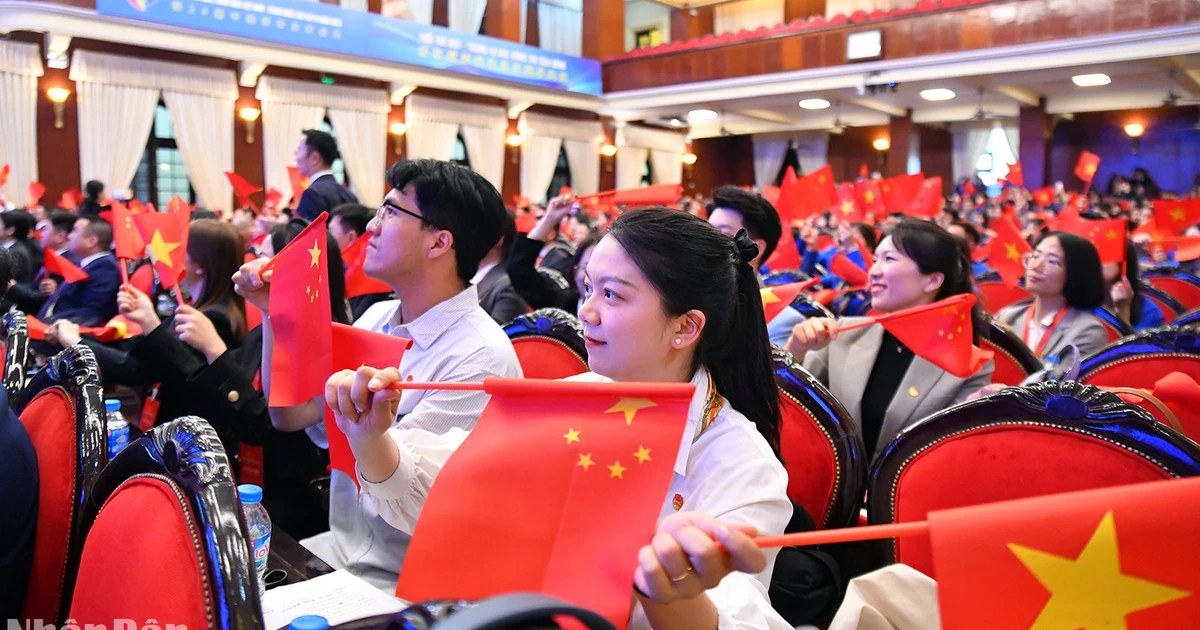
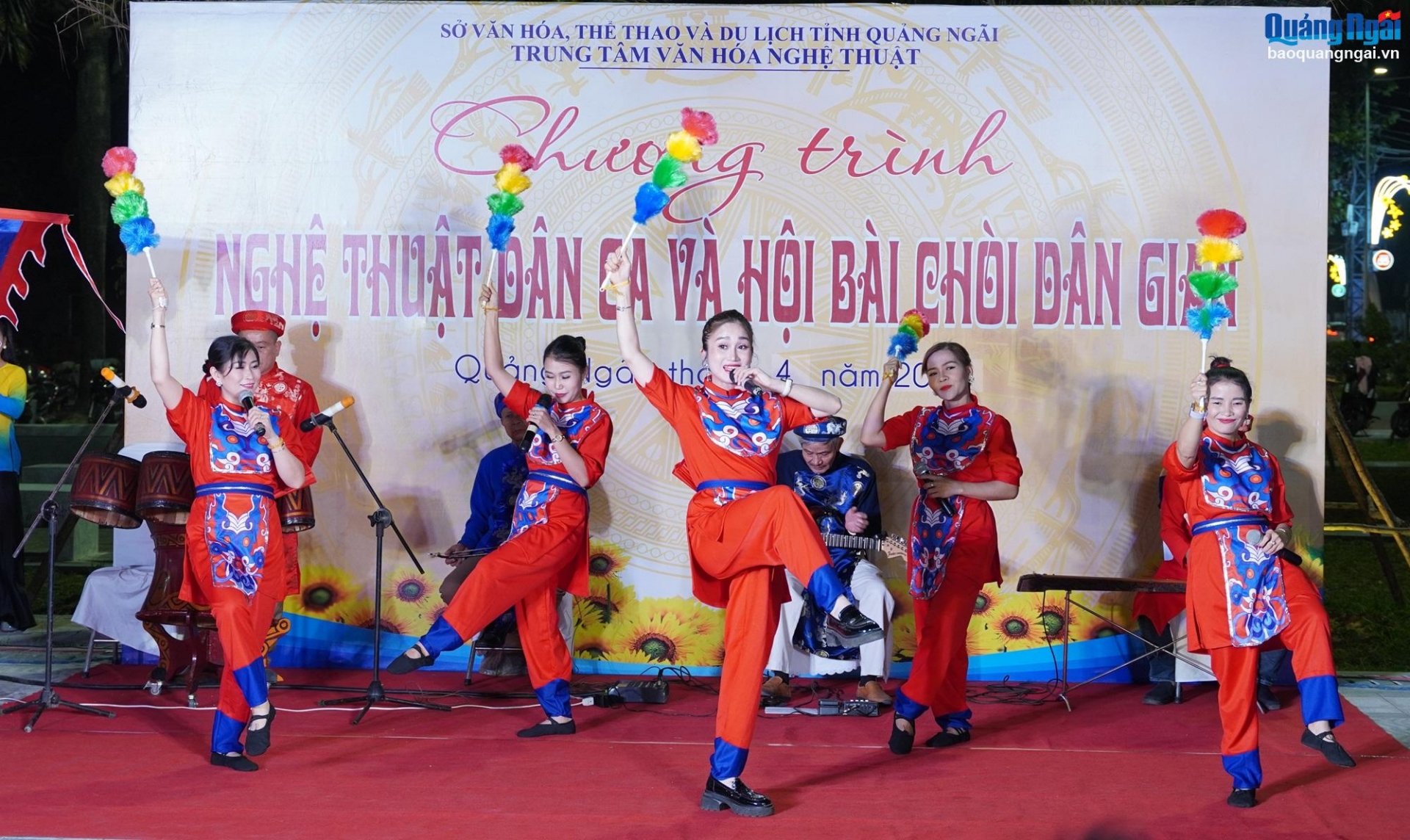

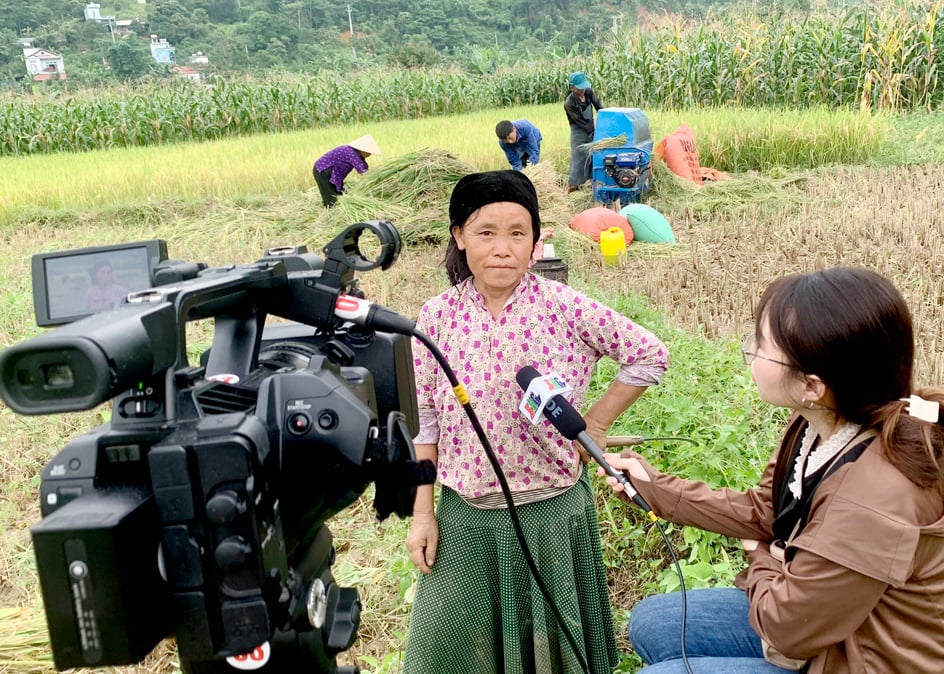


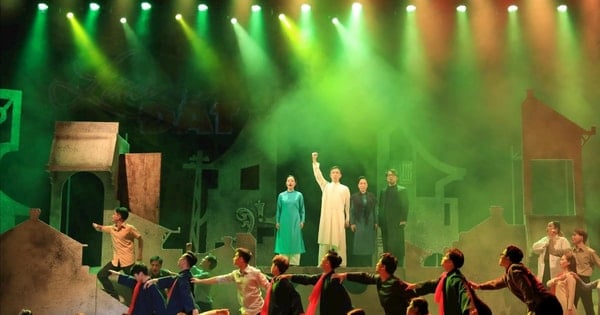
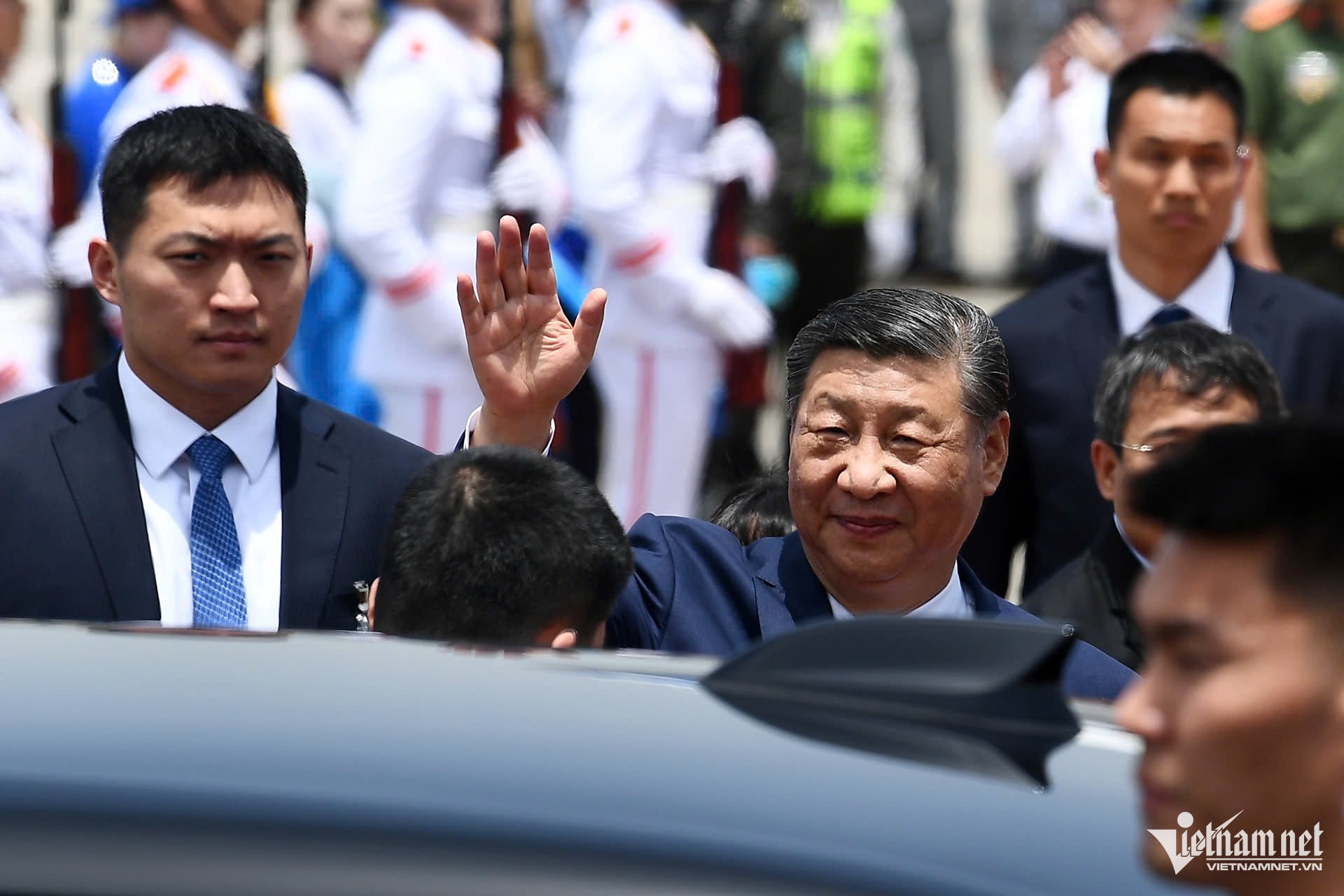
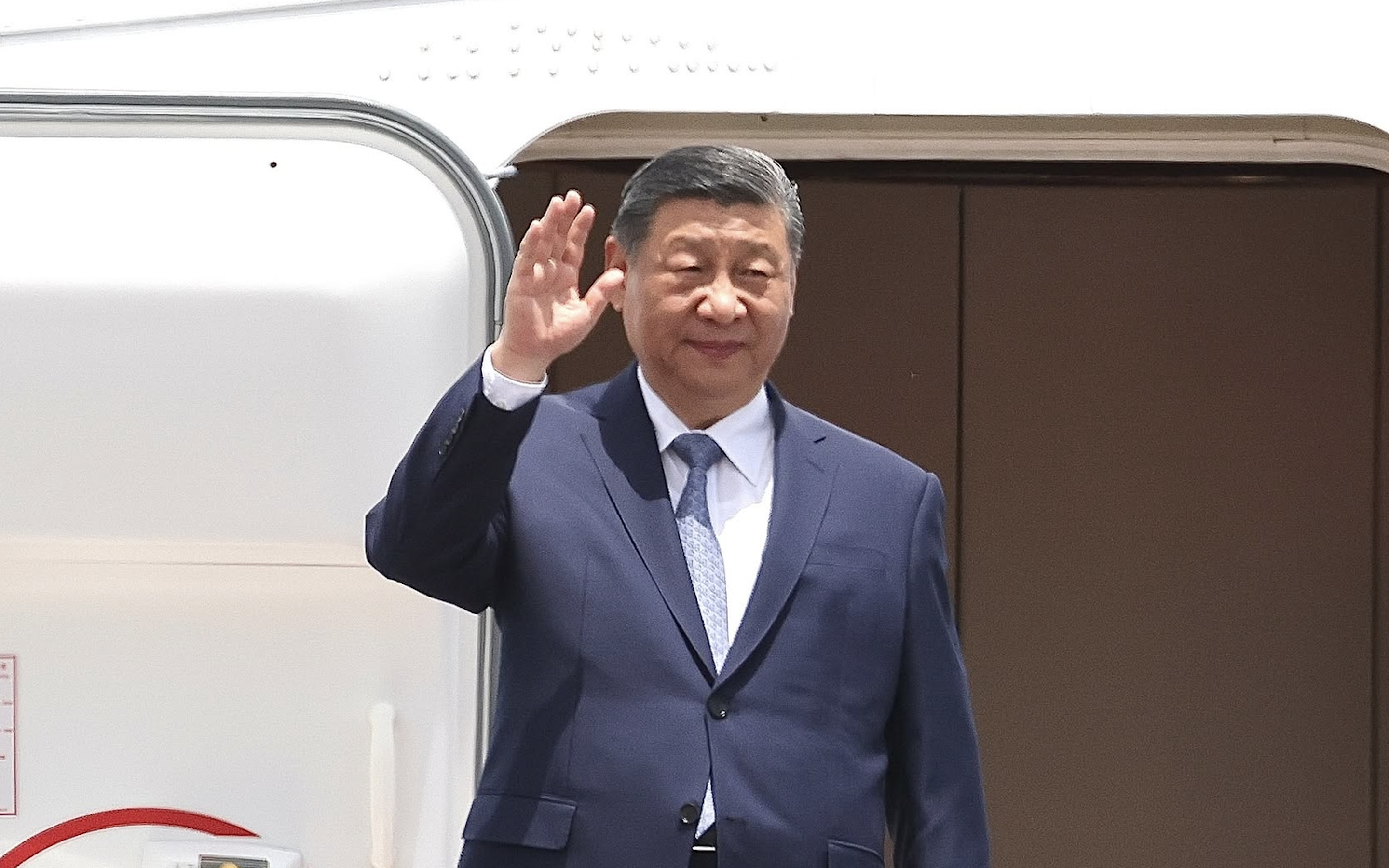

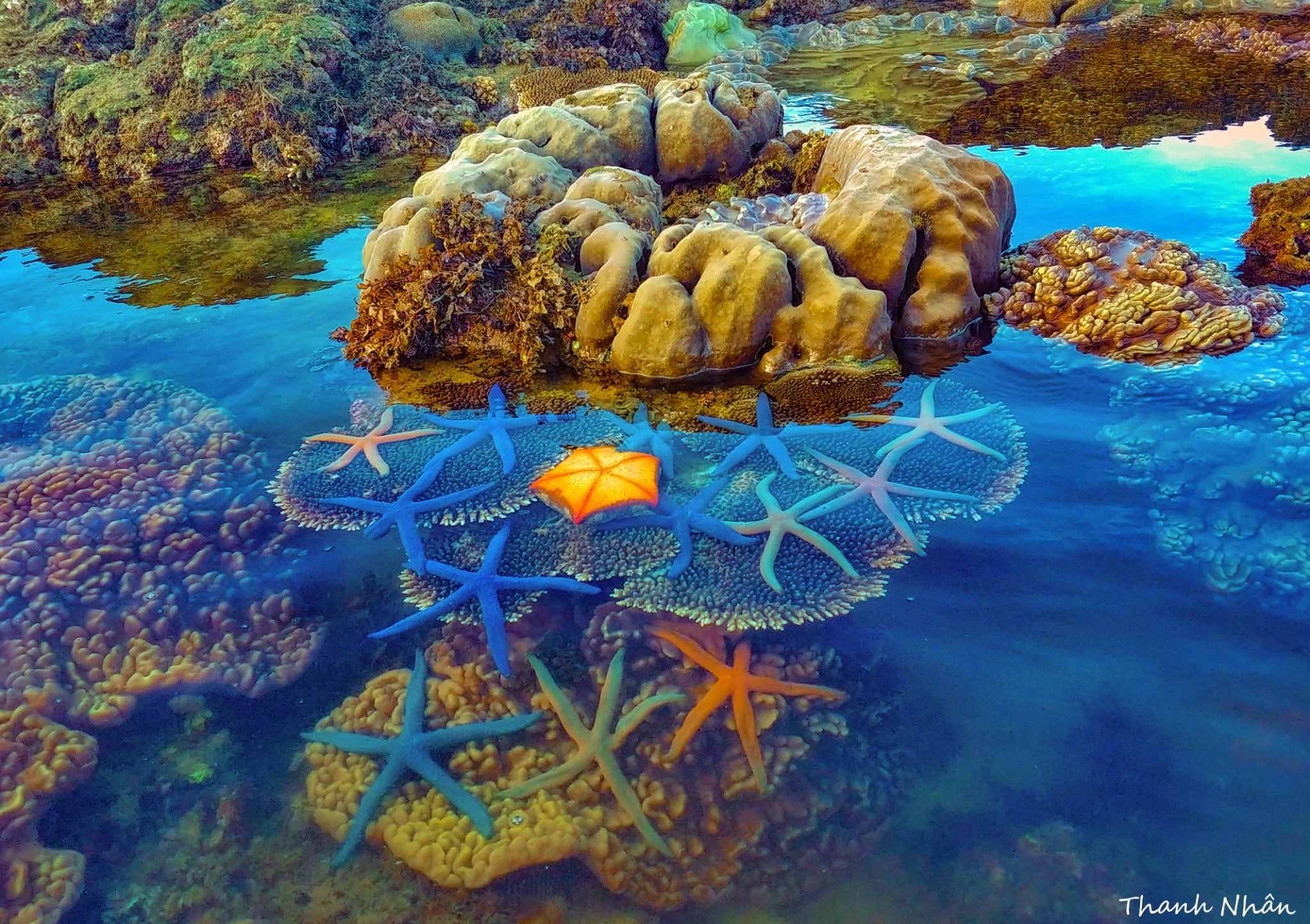
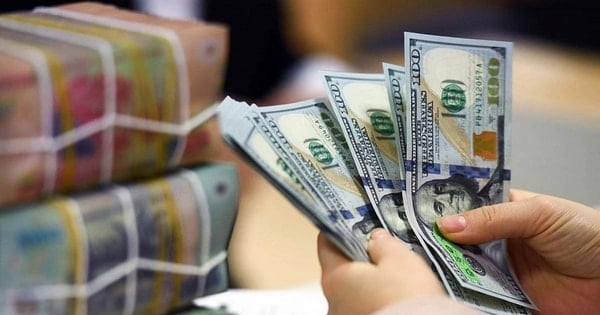
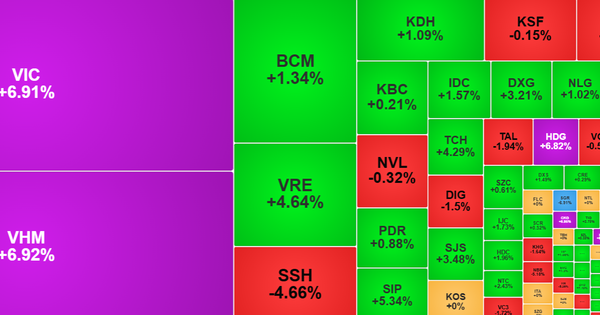

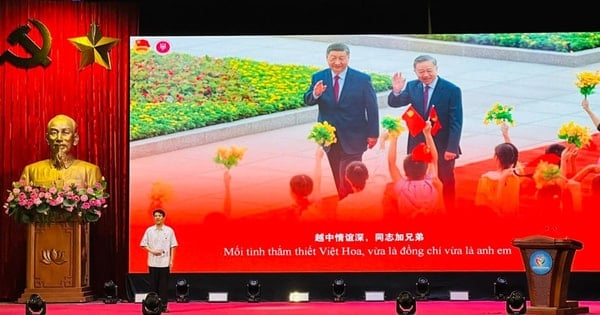

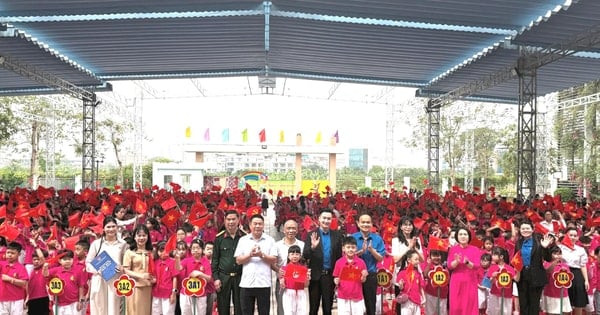
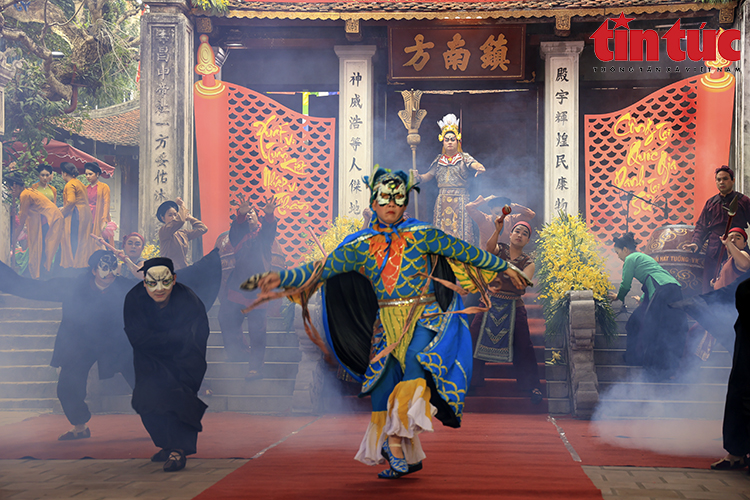

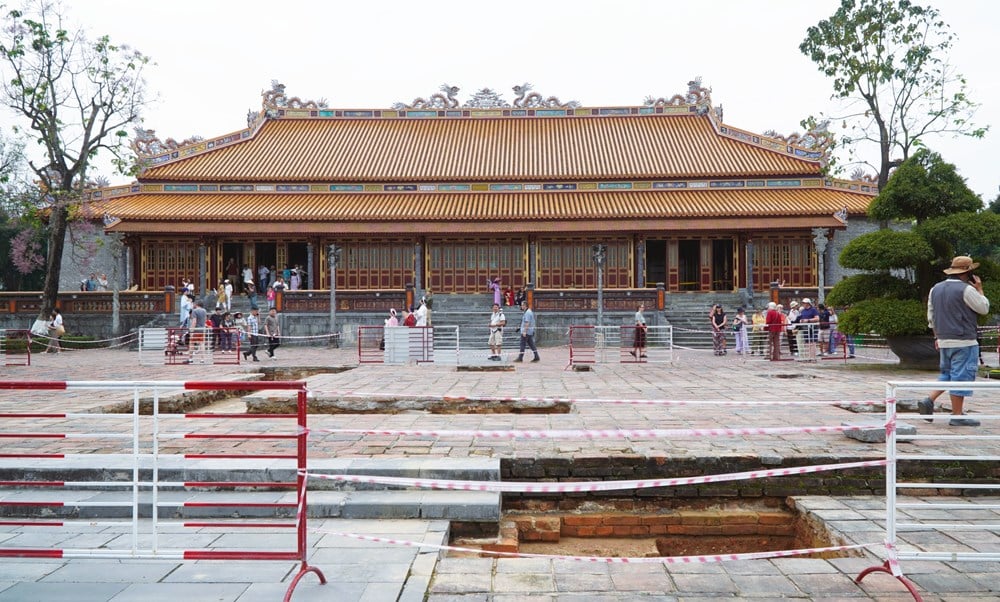

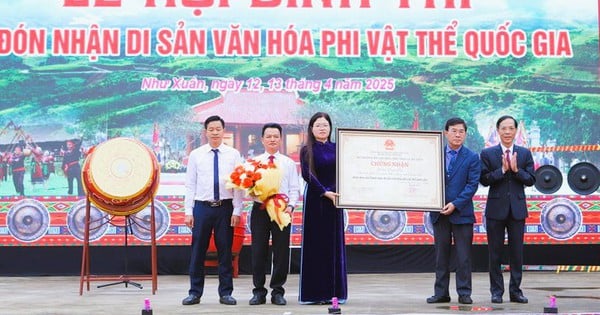


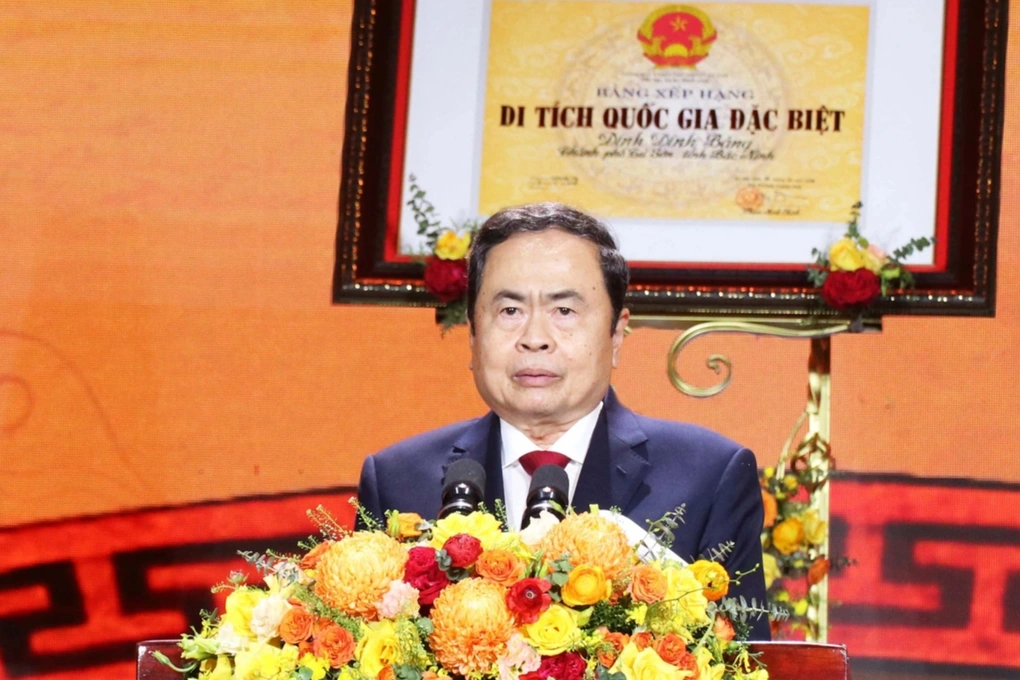

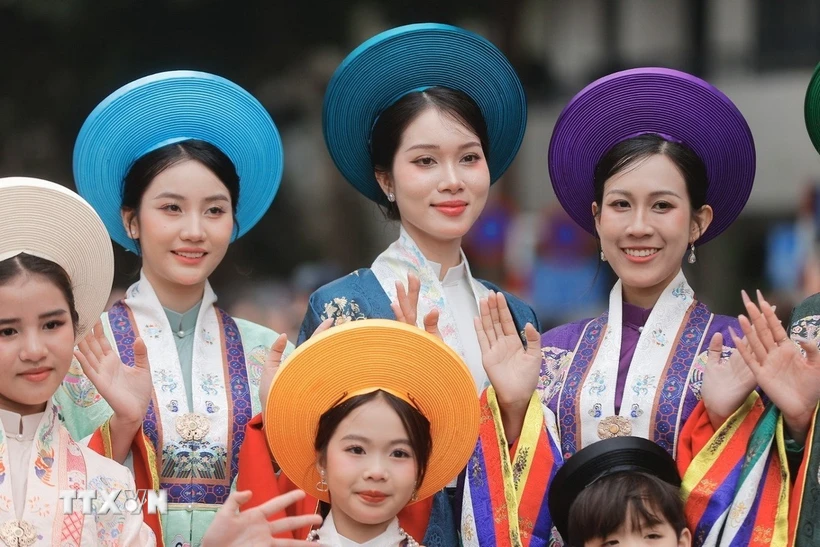

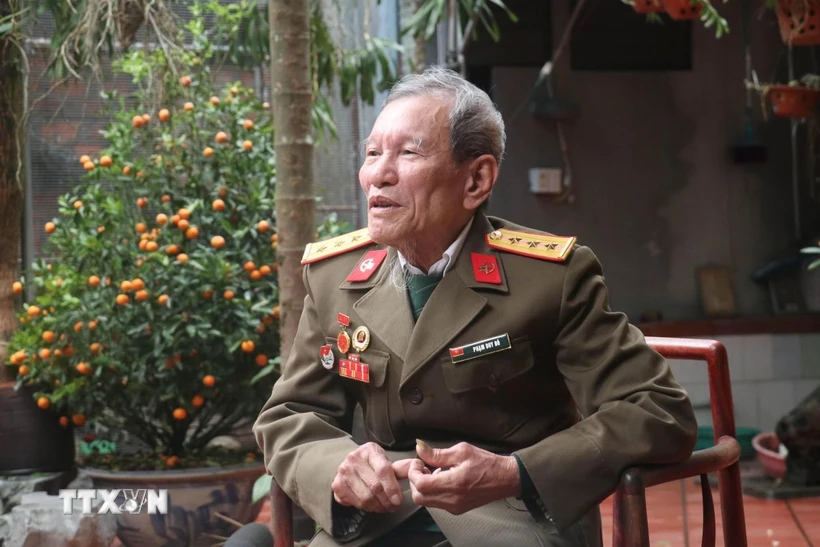
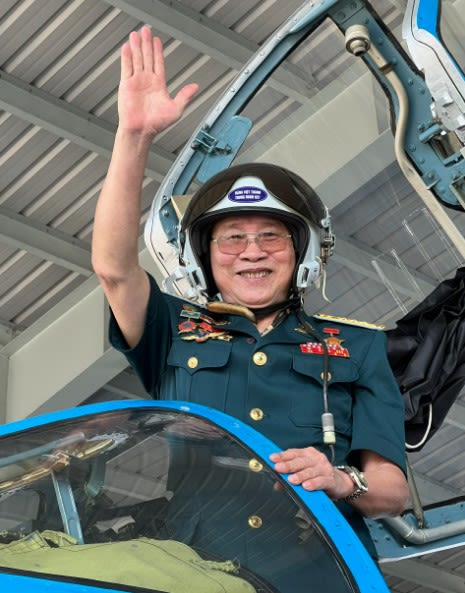


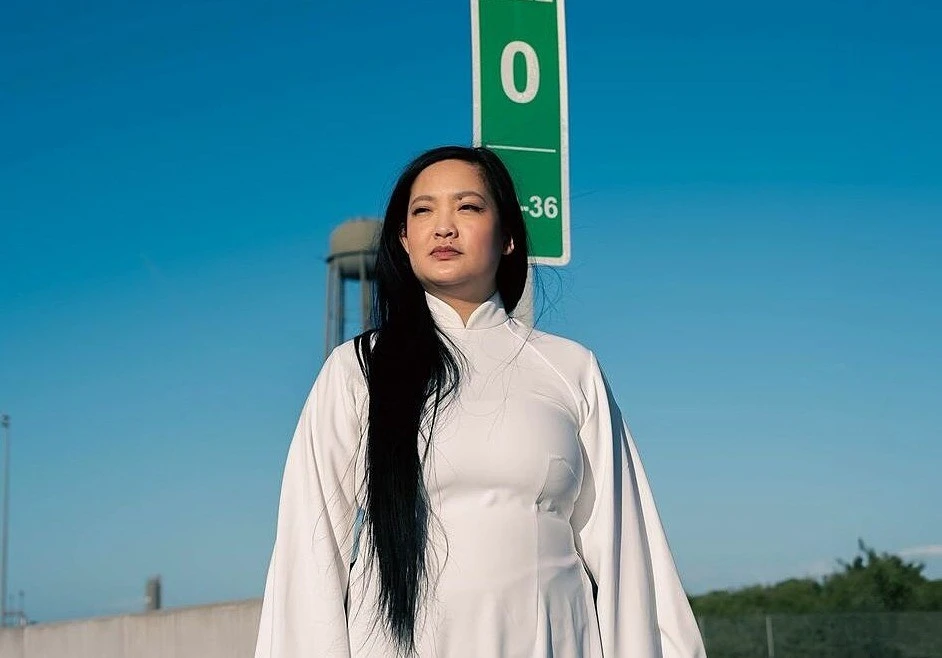














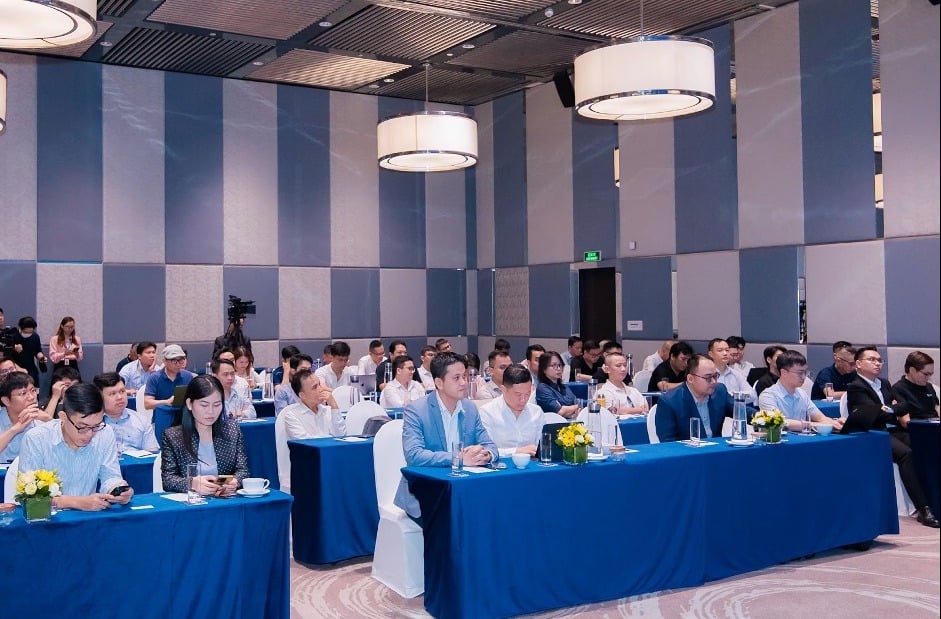

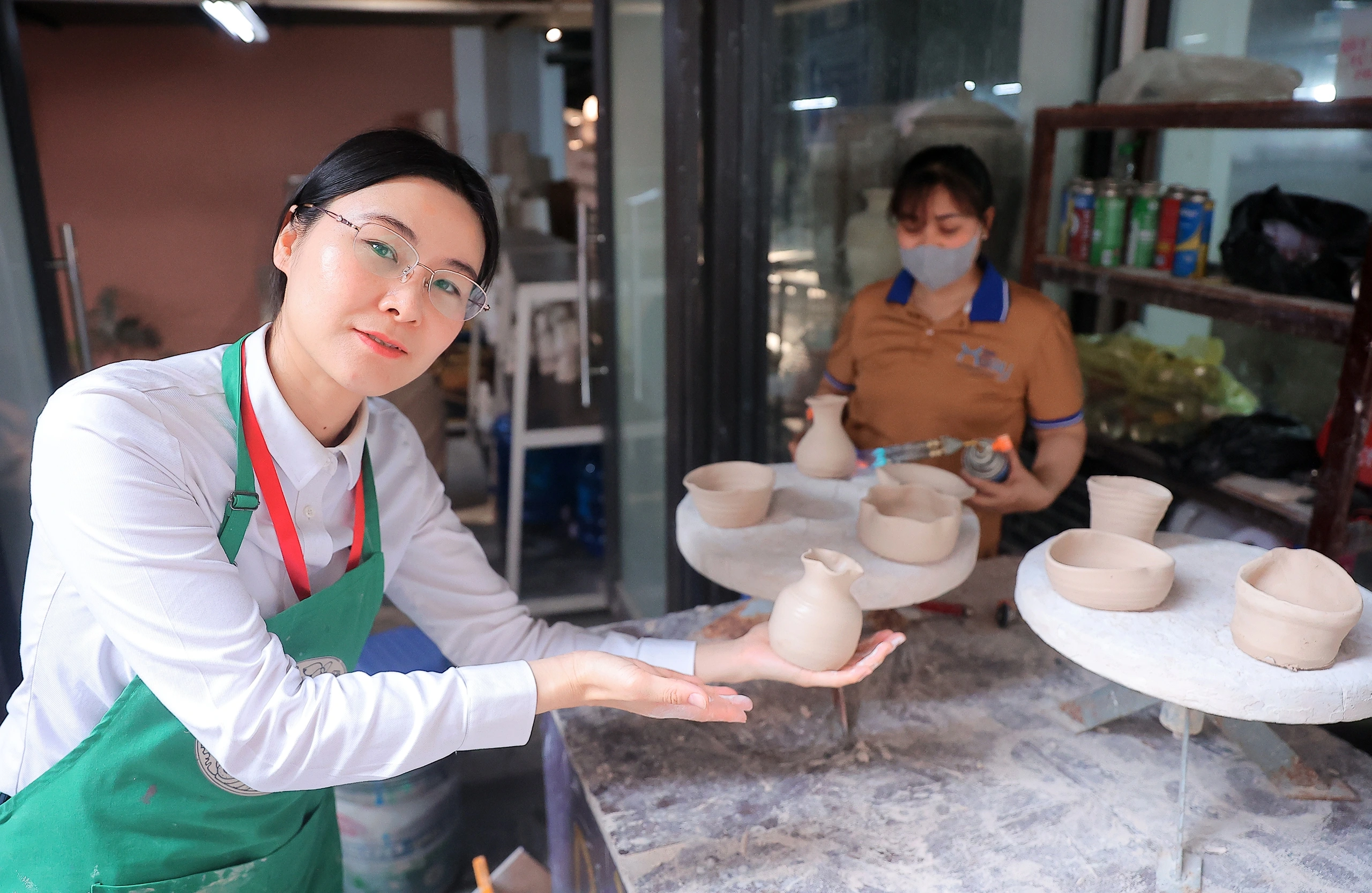

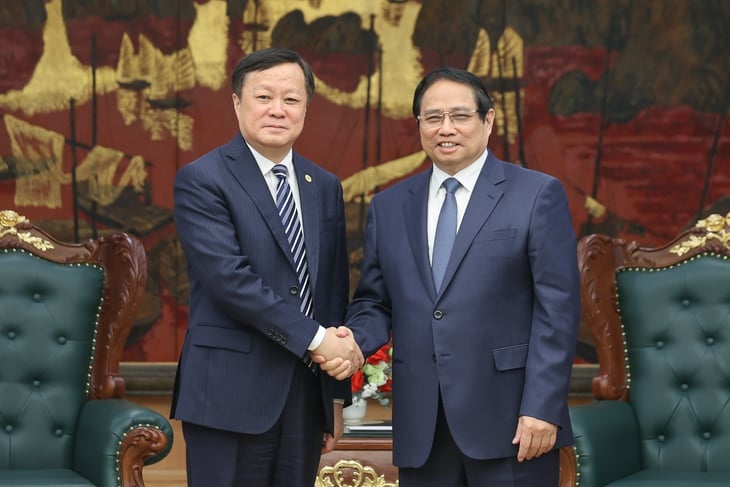
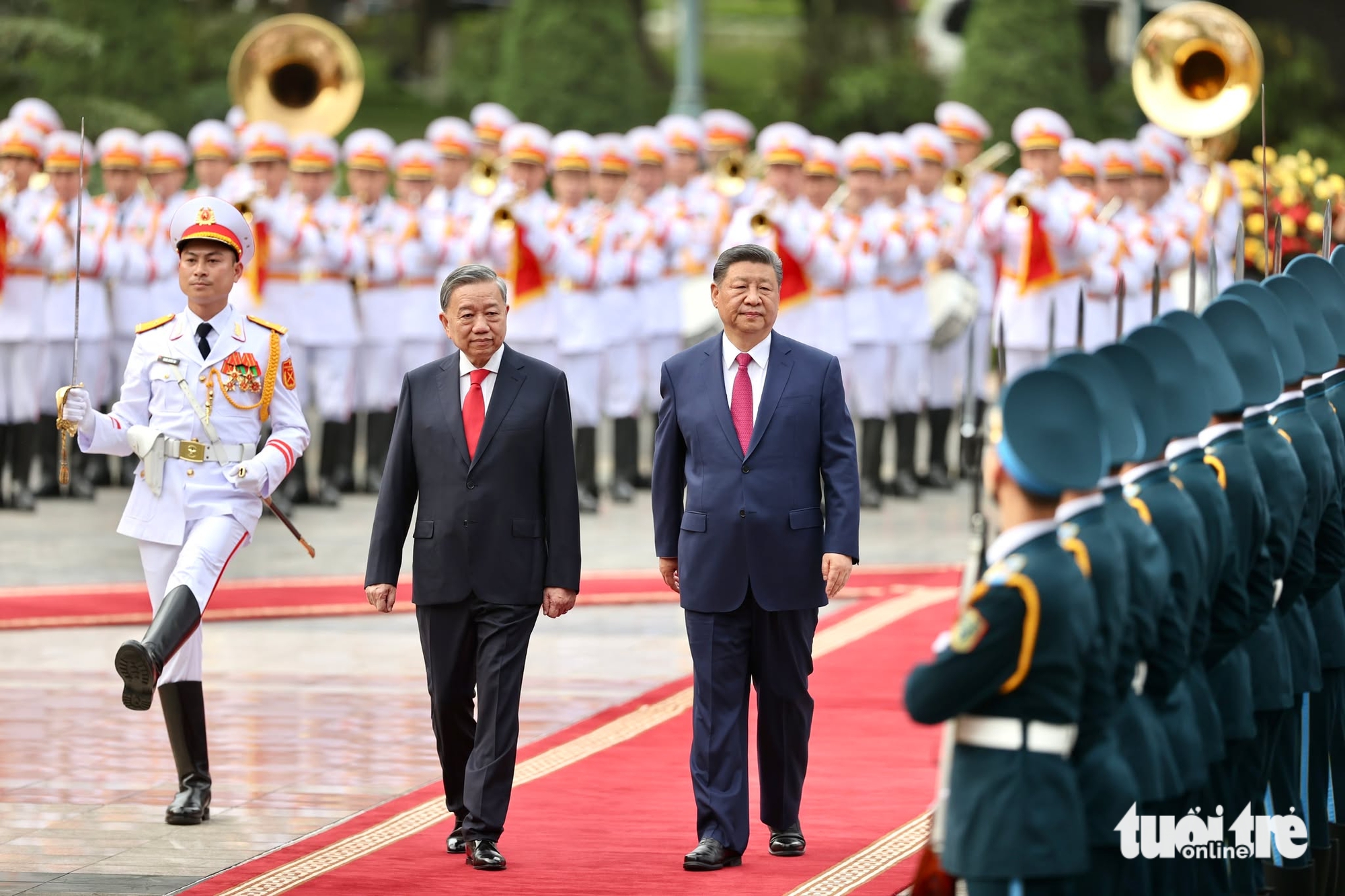
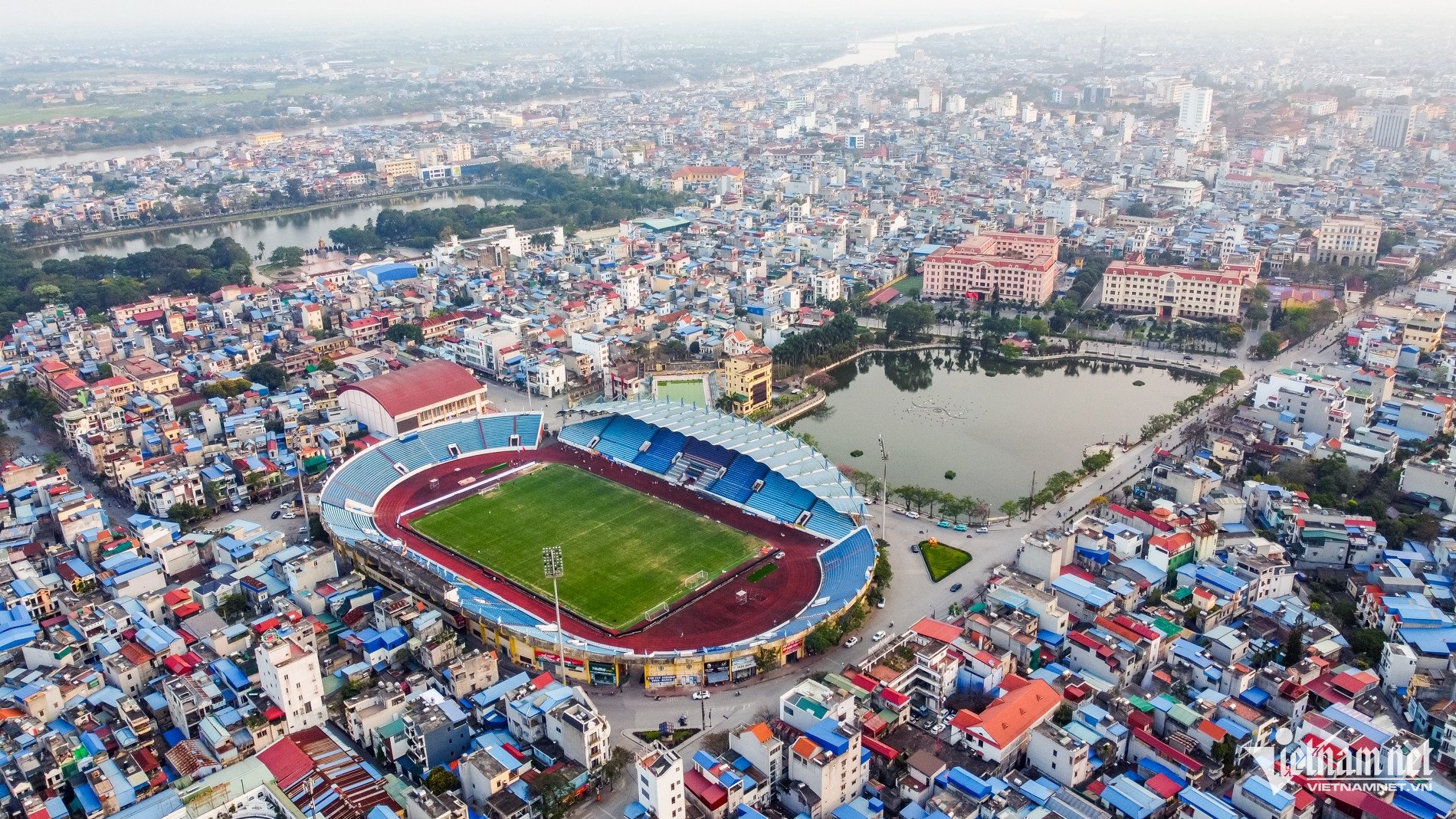
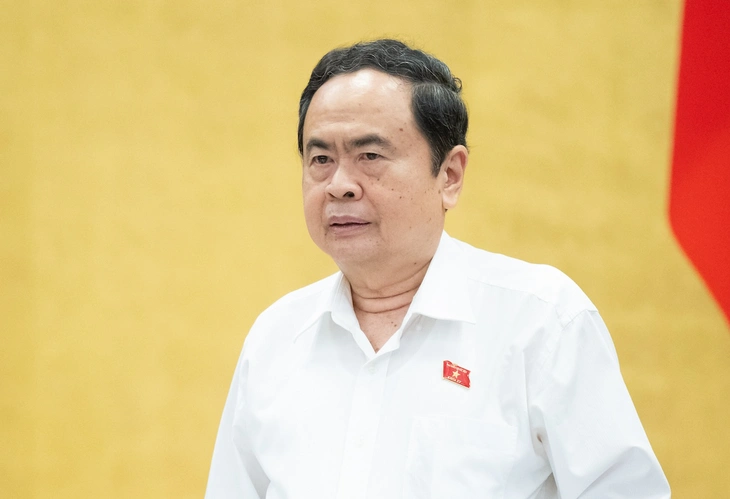
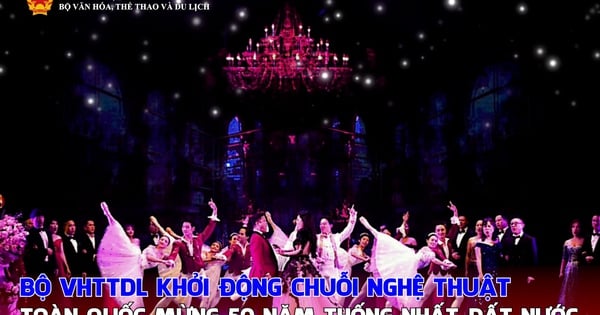

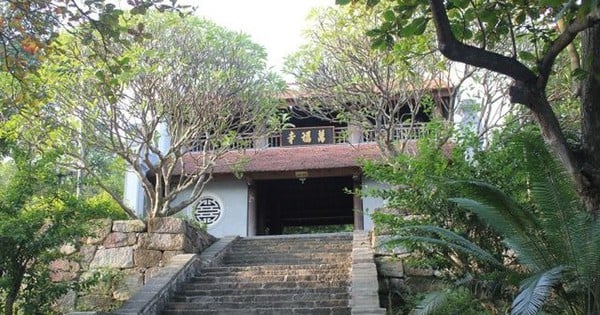
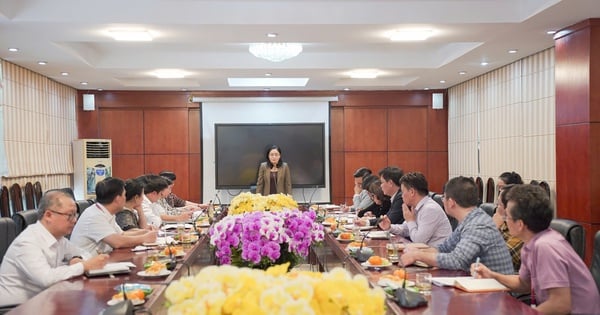
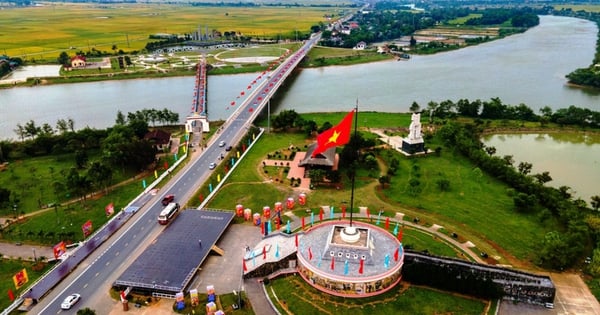
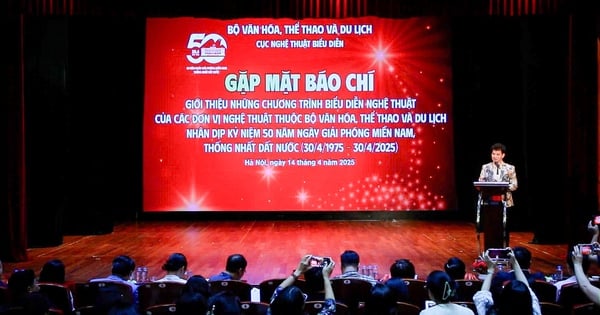




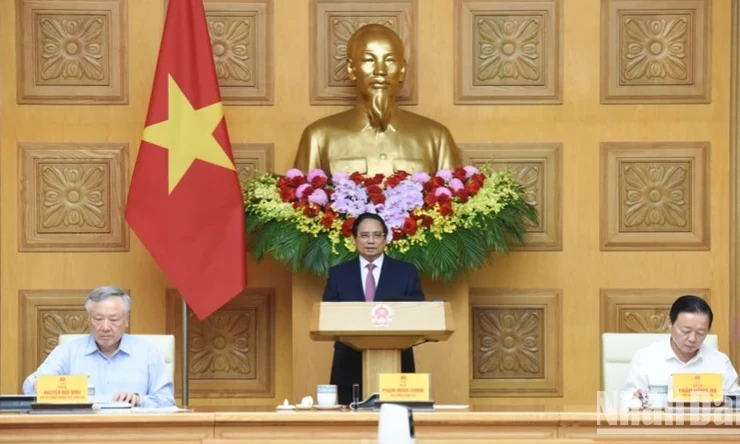




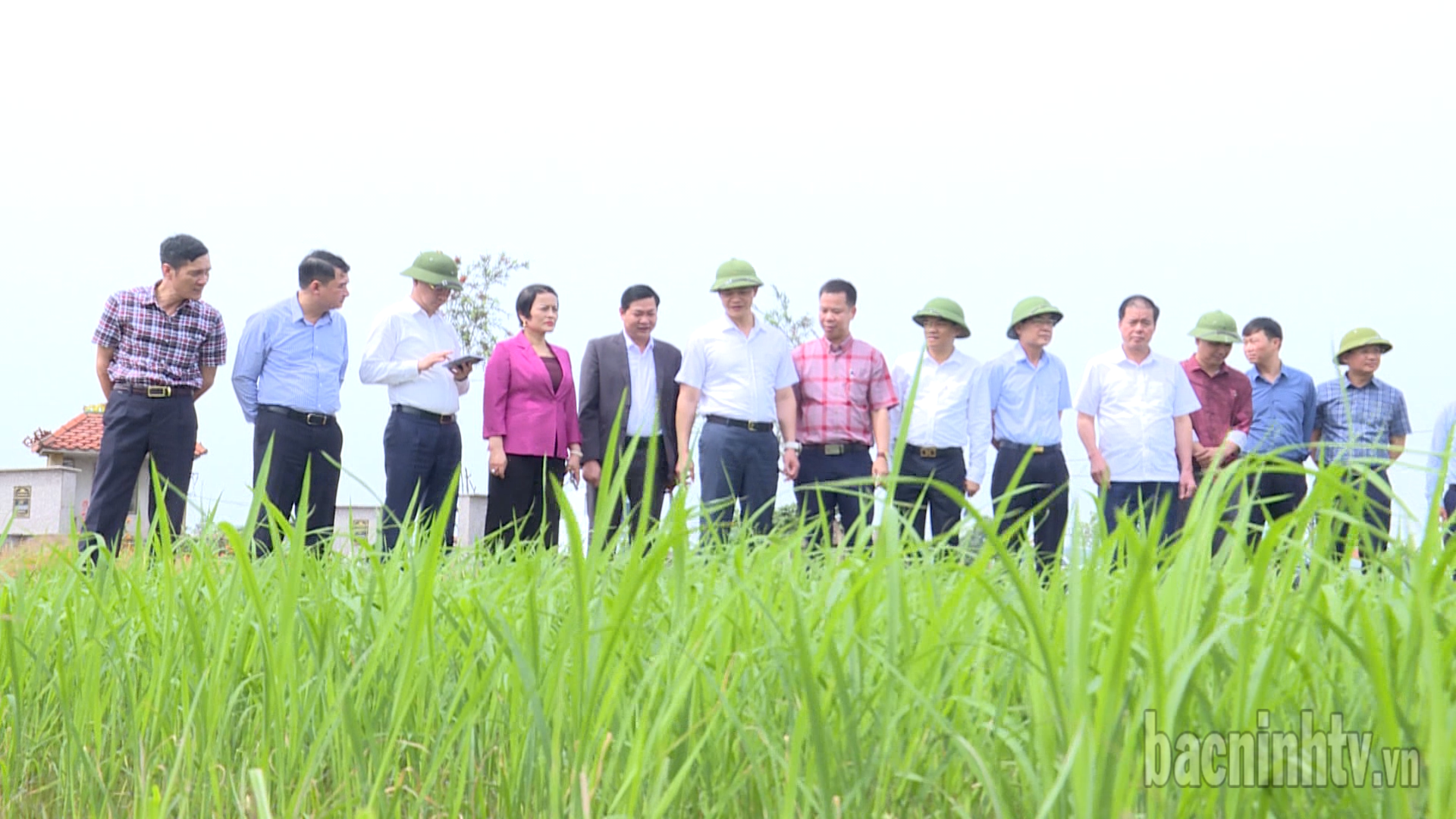


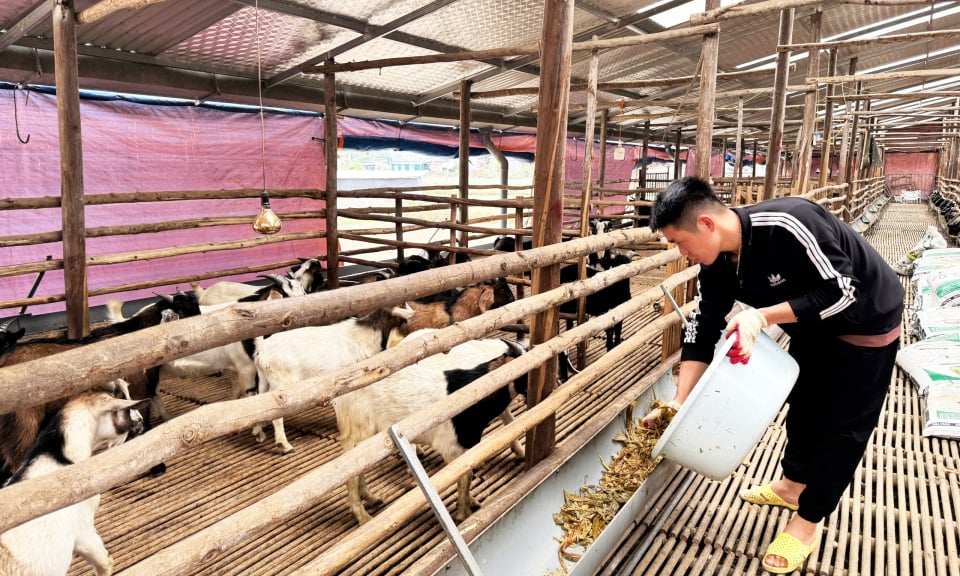

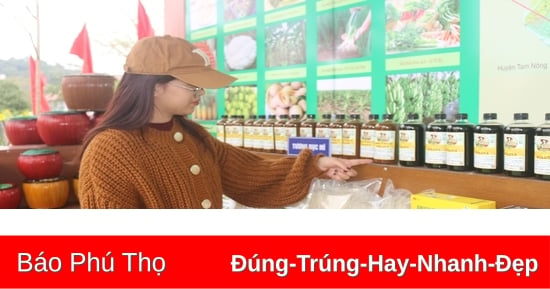



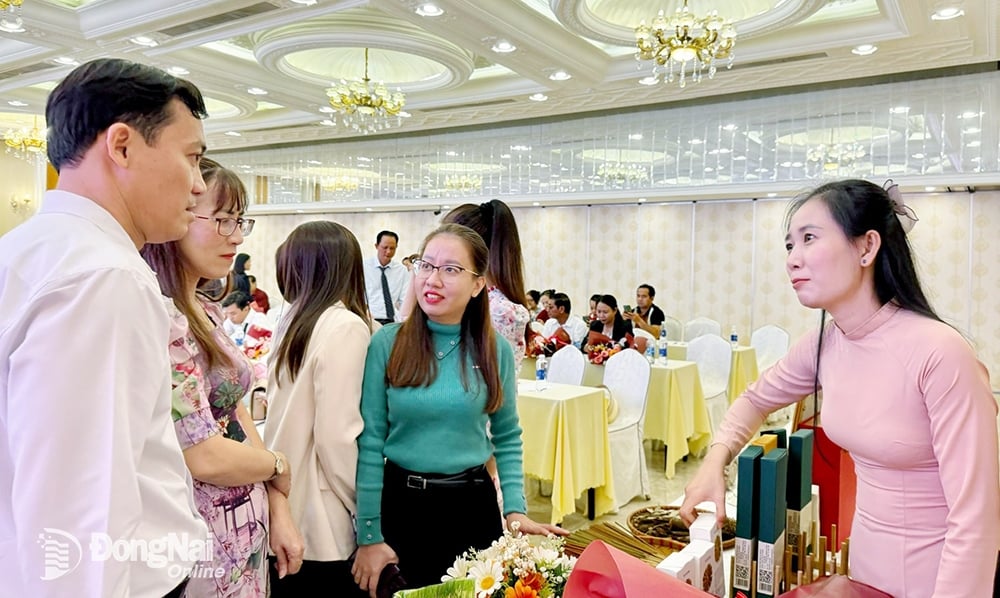



Comment (0)